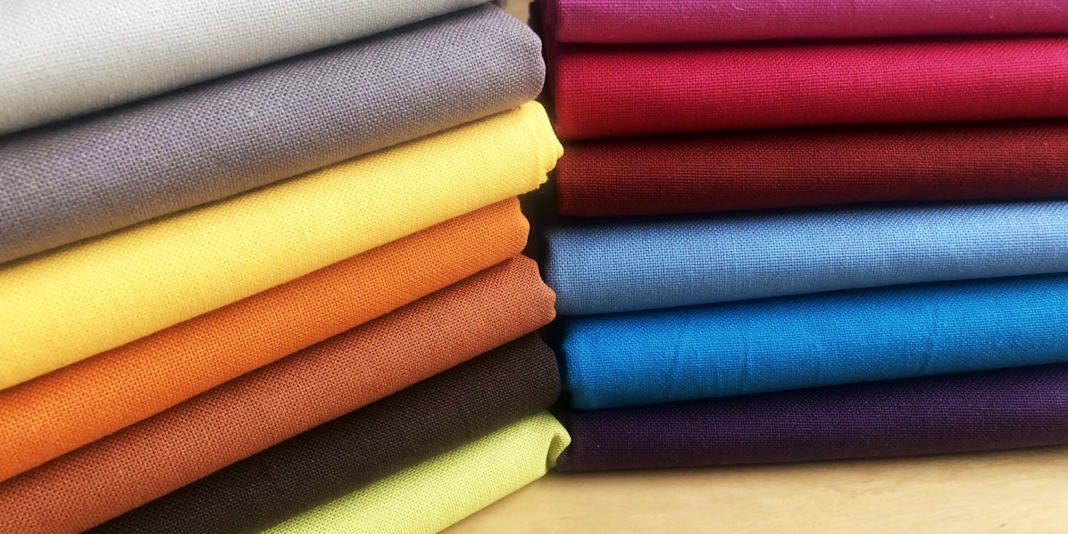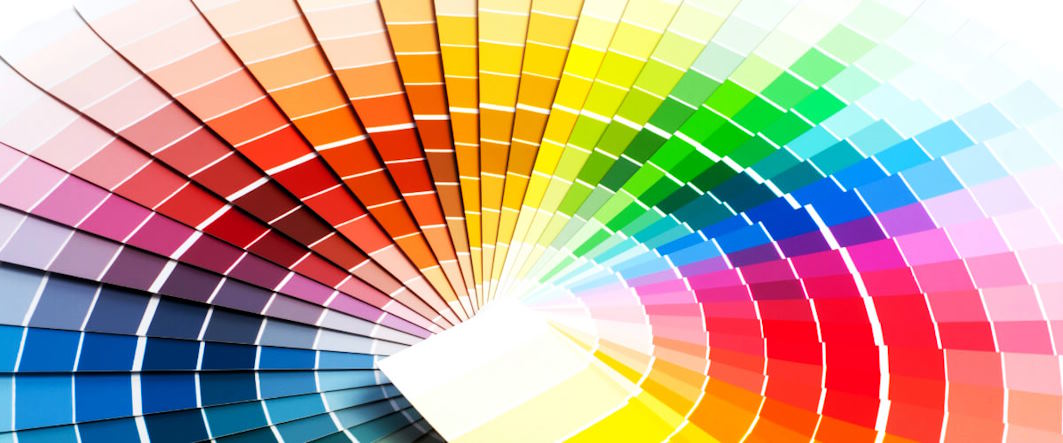
The Basics Of Color Mixing And Matching
Color wields immense influence, acting as a catalyst for emotion, ambiance, and individual expression. Achieving mastery in color coordination is important for crafting outfits that effortlessly blend personal flair with aesthetic balance.
How to mix and match colors?
Pay attention to the Color Wheel
At the heart of color coordination lies the indispensable color wheel, a cornerstone for navigating the complexities of color blending and pairing. This wheel categorizes colors into primary hues like red, blue, and yellow, alongside secondary tones such as orange, green, and purple. Delve into the realm of color relationships, from the striking interplay of complementary shades to the harmonious blend of analogous hues and the vibrant triadic compositions. Understanding these relationships offers invaluable guidance in creating harmonious and visually captivating color combinations.
Choose a Color Scheme
Embrace the simplicity and sophistication of monochromatic schemes, where variations of a single color converge to create a seamless ensemble. Explore the harmonious blend of analogous schemes, which unite colors adjacent on the wheel, exuding a sense of balance and unity. For a daring statement, opt for complementary schemes, where bold contrasts ignite visual intrigue. Alternatively, unleash the vibrancy of triadic schemes, weaving together three hues to infuse your outfit with dynamic energy and personality.

Consider the Mood and Occasion
Tailor your color choices to the mood and occasion. Bright, vibrant colors can add energy, while muted or neutral tones convey sophistication. Consider the season and setting, opting for lighter hues in spring or summer and deeper tones in fall or winter. These factors ensure your outfit aligns with the context.
Balance Colors
Achieving balance is key to successful color mixing. Avoid overwhelming combinations by balancing bold statement pieces with neutral or complementary colors. Apply the 60-30-10 rule, assigning 60% of the outfit to a dominant color, 30% to a secondary color, and 10% to an accent color for visual interest without overwhelming the ensemble.
What colors are the easiest to mix and match?
The easiest colors to mix and match are often neutrals such as black, white, gray, beige, and navy blue. These versatile hues serve as excellent foundations for outfits and pair well with a wide range of other colors.
Additionally, earth tones like olive green, camel, and taupe are relatively easy to mix and match due to their natural and muted qualities, complementing many other colors. Pastel shades such as light pink, soft blue, and lavender can also be versatile and easy to pair with neutrals or with each other for a balanced and harmonious look.